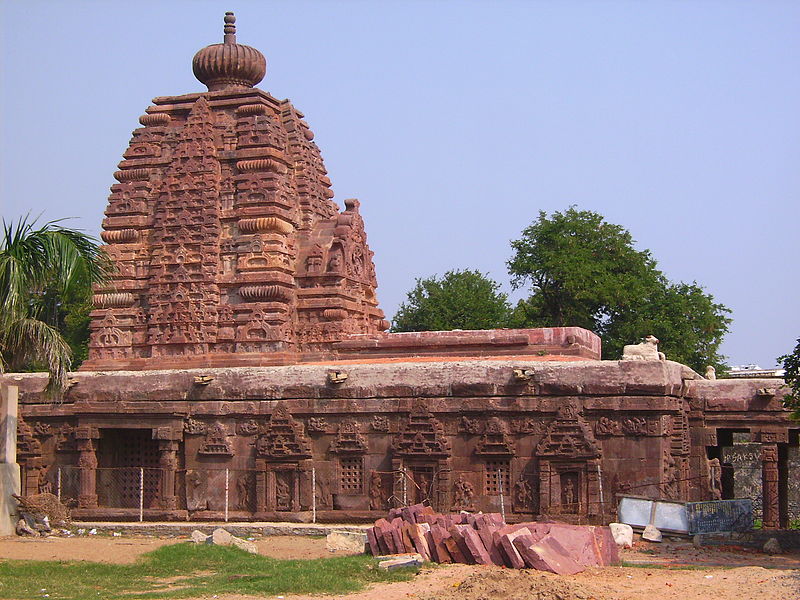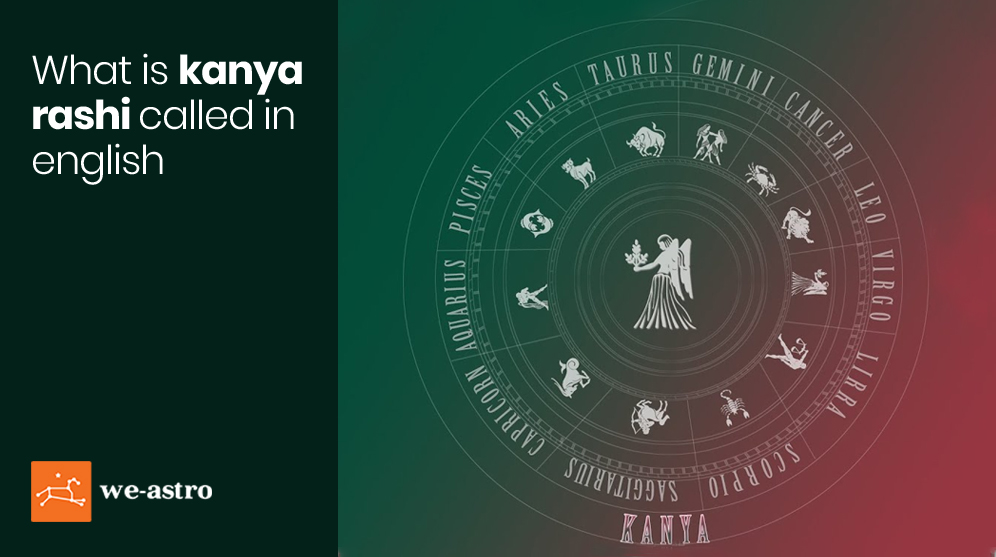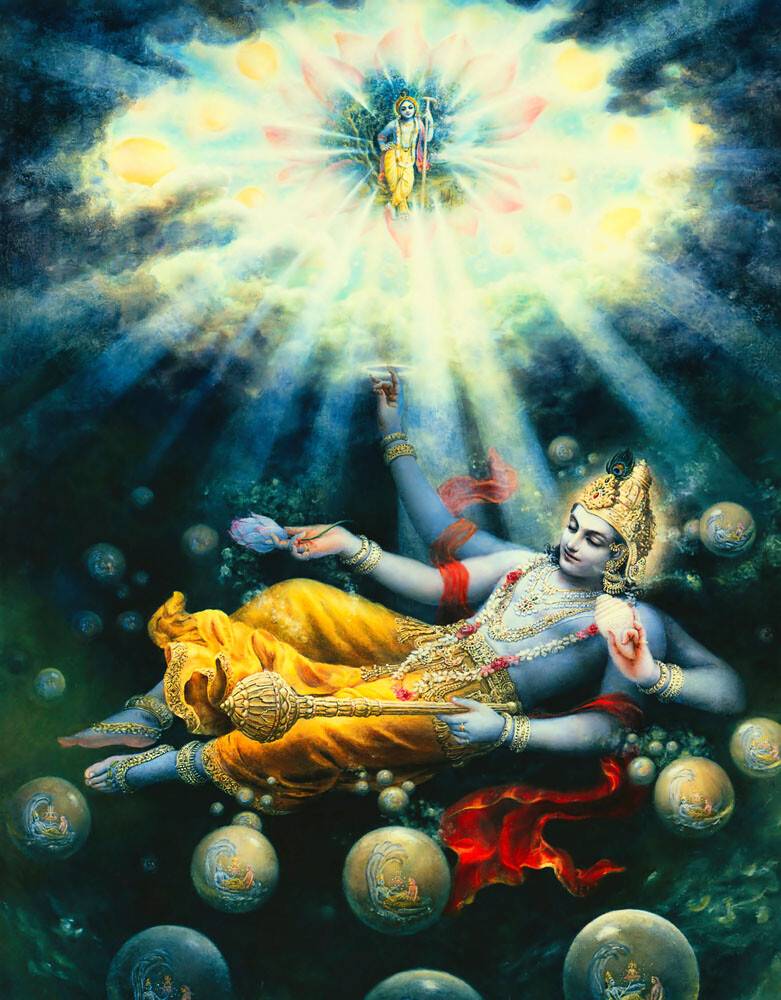Unraveling the Chatur Code: Unlocking the Ancient Wisdom of Sacred Balance in Hinduism
Explore the concept of chatur in Hinduism, which signifies intelligence, smartness, and expertise, understanding its role and significance in spiritual growth.

Chatur, a term derived from Sanskrit, refers to the concept of possessing four essential qualities or aspects. In the context of Hinduism, these four aspects can be observed in various elements of the religion, such as the four Yugas (eras), the four Purusharthas (goals of human life), and the four Varnas (social classes). Understanding the significance of Chatur in Hinduism allows one to appreciate the depth and intricacies of this ancient religion.
The four Yugas represent the cyclical nature of time in Hindu cosmology. They are Satya Yuga, Treta Yuga, Dwapara Yuga, and Kali Yuga. Each Yuga has a specific duration and is characterized by varying levels of morality and spirituality. The four Purusharthas, on the other hand, represent the goals that guide human life. They are Dharma (righteousness), Artha (wealth), Kama (desire), and Moksha (liberation). Hinduism teaches that by striving to achieve these goals in the right balance, one can lead a fulfilling and meaningful life.
Moreover, the concept of Chatur is also evident in the four Varnas, which constitute the social order in Hinduism. The Varnas are Brahmin (priestly class), Kshatriya (warrior and ruler class), Vaishya (merchant and trader class), and Shudra (servant and laborer class). While these classes have been criticized for fostering social inequality, they were initially intended to promote interdependence and harmony by ensuring that each individual played a role that was suited to their nature and abilities.
Another important aspect where Chatur is demonstrated is in the life stages known as Ashramas. These are Brahmacharya (student life), Grihastha (householder life), Vanaprastha (retirement and contemplation), and Sannyasa (renunciation and spiritual pursuit). Each stage carries specific duties and responsibilities, allowing an individual to progress in their personal, social, and spiritual life, ultimately culminating in the pursuit of Moksha.
In conclusion, the concept of Chatur pervades various aspects of Hinduism, emphasizing the importance of balance, harmony, and unity in the diverse facets of life. By recognizing and appreciating the intricate interconnectedness of these elements, one can gain a deeper understanding of the rich tapestry of Hindu beliefs and practices.




